Nepal is the only secular and multicultural country where many festivals are celebrated in the community. People of different religions live in the same neighborhood or society, sharing their joys, happiness, sorrows, etc., as they celebrate different festivals together.
As a secular country, there are people of different religions celebrating different festivals are found.
Many festivals in Nepal are celebrated with their value and importance. Some of them are Dashain, Tihar, Teej, chaat, Christmas, Janai Purnima, Maghe sankrati, Id, yomaari Purnima, Loshar, Gode Jatra, Iindra Jatra, Bhoto Jatra, Bisquet Jatra,etc. and so on. All of them are described below.
Table of Contents
There are many festivals celebrated in Nepal. Since Nepal has diverse cultures and traditions with more than 100 different castes, there are many festivals Nepalese people celebrate. Here, we have picked Nepal’s top 16 festivals that Nepalese celebrate.
Festivals are great times to sit back and enjoy with friends and family. They are a break from daily busy life and refresh you simultaneously. Festivals are also part of the culture, and even though the celebration of many festivals is decreasing these days, we still have many festivals to revive ourselves. Sometimes, people celebrate festivals a bit extravagantly, which becomes an issue. But otherwise, the festival is a great break for all adults, the elderly, and children.
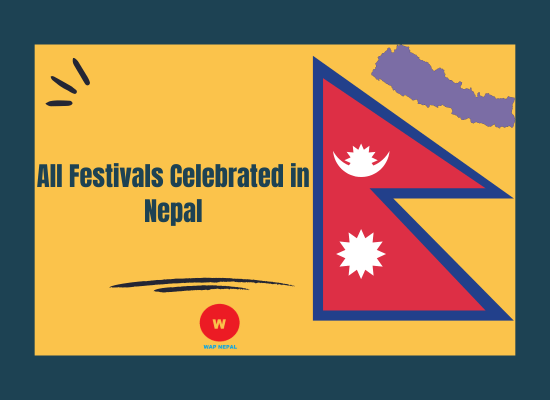
There are no schools for children, no offices for adults, and the elderly get to meet all the family members at certain festivals. The norm of celebrating festivals is directly related to culture. Types of festivals and how you celebrate them differ from culture to culture.
Many ethnic groups have different festivals; even celebrations differ per geographical region. While many festivals are exclusive to some caste groups and geographical regions, many festivals are celebrated everywhere by Nepalese.
Let’s discuss our festivals in the article today. Here is a list of my favorite festivals.
Dashain
Dashain is one of Nepal’s biggest and most important festivals, celebrated by Hindu people.
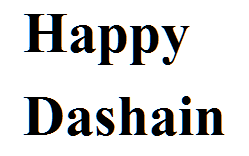
The first day of Dashain is Ghatasthapana. On this day, people keep Jamara, which consists of different grains, and do puja for up to 10 days. 7th day is called Fulpati.
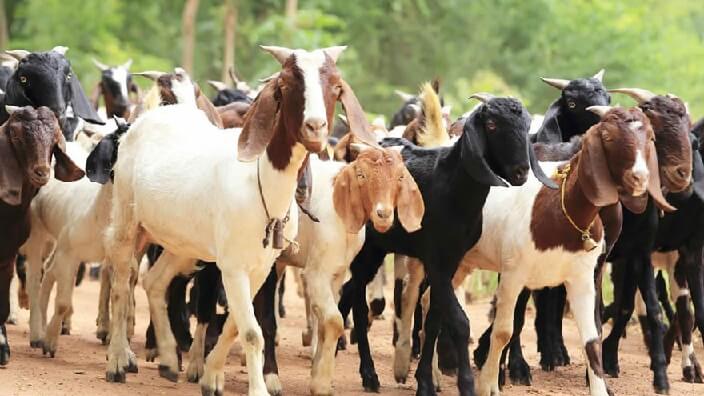
On the day of Fulpati, there is a trend of entering Fulpati into our home as there is the trend of bringing Fulpati from the Gorkha Durbar and entering the Kathmandu Durbar.
The 8th day is called Ashtami. On this day, there is a religion of sacrificing animals and offering them to the goddess Durga, and there is the trend of worshipping every weapon we have in our homes.
9th day is called Navami. On this day, people do puja of their vehicles. The 10th day is known as Bijaya Dashami. On this day, people put on tika from their seniors. They visit their different relatives to put on tika and get blessings.
There is a belief that the blessings given by our elders come true. And this tika remains for 5/6 days. The last day of Dashain is Kojagatra Purnima. On this day, people flow all the remaining Jamara in rivers. Likewise, these Dashain gets ended.
Dashain, also known as Bada Dashain in Nepali, is the national festival of Nepal celebrated for 15 days. It is the longest and one of the most auspicious festivals in the Nepalese calendar. It falls in September or November every year. Among the 15 days, the most important are the first, seventh, eighth, ninth, and tenth.
Dashain is the symbol of victory of good over evil. It is mainly celebrated as the day God Ram killed the demon Ravan, per Ramayan. All the schools, colleges, institutions, and government offices will be closed at this festival. All the relatives who are busy with work will get time to get together with the family. People will take the blessing from the elders.
Dashain is the biggest festival in Nepal. And that, too, is celebrated by almost all Nepalese worldwide. It is a festival of blessing. It is a celebration of relations and their beauty. People celebrate it by consuming delicious food items, especially mutton, and receiving a blessing from elders.
Why is Dashain celebrated?
This festival is also celebrated for more than ten days. Every office and every educational institute remains closed during Dashain. Everyone gets a holiday. On the primary day of Dashain, i.e., Tika People receive tika and blessings from elders. This day is more significant for children because they get money as Dakshina with blessings. People receive tika from family members, relatives, and all respected personalities.
In that period, people meet their relatives and friends and spent time with each other. They get together. Certain games are also exclusive to Dashain, like playing the swing. People make a special kind of swing in each locality with bamboo and ropes. People together fly kites and play cards. It is a time when people celebrate relationships and their values. People meet each other and forget their daily chores during festivals. They refresh you and give you a break from routine life.
Things not to do in Dashain
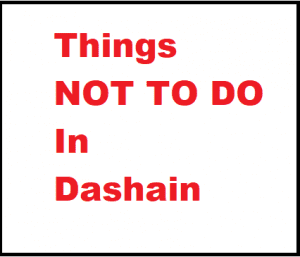
Dashain is very near. There is something that you should not do during the Dashain festival. Please ensure you do not do these things in Dashain, or you will regret it later.
Drinking
When celebration comes, drinking is a must. People can’t stop getting wasted as liquor is the primary enjoyment source. Where it’s all fun, and good people abuse the liquor, creating chaos. Not only will toxic people create an unpleasant environment, but they can also be prone to drinking and driving and other accidents. As they say, the most sales of liquor are said to be on Dashain, and so are the most admitted patients in emergency. So everybody, let’s all have a blast, and it’s best to stay safe and make everybody happy.
Over Spending
Shopping!! Well, honestly, it’s my favorite part. I bet it’s not mine because the shopping centers, roads, and markets get so crowded that walking without bumping into anyone is hard. When shopping starts, it’s so hard to stop because of the overwhelming variety and huge discounts and sales everywhere. Trust me; spending money is so easy that you’ll be out of your budget in just a blink of an eye. So I recommend making a list prior and only getting what you need and limiting your budget and the amount you buy so that you’ll not feel salty and stressed in Dashain over the money you spent.
Gambling
This tradition has been passed down through our ancestors, and there are not many good things that I’ve heard about it. Either you hit the jackpot or lose everything. And the egoistic victims, mostly toxicities, will be willing to keep anything on a bet. Playing cards is a great way to bond, spend time, and have fun, but it just goes to such an extent that people will lose huge amounts of money, not even go into debt. Let’s keep it fun and good, and the bets should be nothing at all, but in order to spice it up and make it competitive, the least amount of bet is advised. But I suggest not to be involved in any gambling, saving your money and yourself.
Security and safety
This festival is the perfect excuse to bond, go on vacations, and meet relatives; we all have that one relative we only meet once a year, and this is that occasion. Well, people are always on their toes, having to visit so many places for tika, and it’s so overwhelming. It is a tradition, and tika is very important to a culture, so no family member misses it. Also, it is a perfect excuse for robbers to break in when you have so much cash, gold, and other expensive stuff lying around the house. It’s a jackpot.
So everybody tries to have someone stay while you’re gone, invest in good locks and security, and hide your essential, valuable belongings, and pets are awesome.
Dashain essay
This Dashain essay is written by one of the best students. Dashain essay covers all about the Dashain festival and its importance.

Tihar
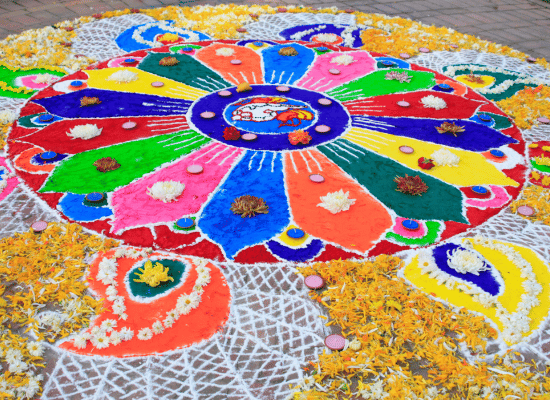
One of the most well-celebrated festivals for Nepalese women is Teej. This is the festival of women where unmarried women worship Lord Shiva to get a good husband like him, and the married women pray for a long and prosperous life for their husbands.
On this day, they visit the nearby temple of Lord Shiva, do fasting, sing songs, and dance in groups. Pashupatinath temple is the best place to visit on this day as it is believed that Lord Shiva will reside in this temple and fulfill the devotee’s prayer. Nepalese women paint their hands with Mehandi. Look at some of the best Mehandi designs.
Tihar is celebrated by Nepalese all over the world. It is the second greatest festival in Nepal and the favorite festival of many Nepalese. Tihar is the festival of lights, a festival that denotes the end of darkness with lights. This festival is more special because it celebrates different animals and our relationship with them. And also it celebrates the relationship of brother and sister.
During Tihar, every house is clean, and people decorate it with flowers, lights, and diyo. There is light everywhere and in every house. People play deusi vailo during the night. They visit different houses, dancing and singing typical Deusi vailo songs. And in return, they get money, food items, and fruits from the house owner. That is the beauty of Nepali culture and festivals. Because of all these reasons, Tihar is my favorite festival.
Celebration of Animals and Human Relationships
Tihar is celebrated for 5 days. Each day, we worship different animals and gods. On the last day, we celebrate Bhaitika, a celebration of the brother and sister relationship. On the first day, we worship the crow, feed it, and offer garland to it early in the morning.
Crow is considered the messenger of the god of death. We worship crows and believe that our afterlife will be peaceful and obstacle-free.
The third day is Kukur Tihar. We offer food to Kukur, and the best thing this day is that even the street doggies are fed and treated well that day.
It is an appreciation of dog for all it does throughout the year for mankind. The next day is for worshiping goddess Laxmi. Laxmi is worshipped for prosperity and wealth. On the same day, a cow is worshiped as a cow is one of the sources of income for people. The cow is worshipped for everything she gives.
The other day, there was Govardhan Puja. Govardhan is a mountain that saved people from calamities in the Mahabharat period. People make a representation of that mountain and worship it.
Then, there is the final day for brothers and sisters. On this day, the sister puts Bhaitika on the brother’s forehead and prays for their long life. Many rituals have different meanings. The sister prays for the brother’s long life, and the brother promises to take care of their sister forever.
Loshar
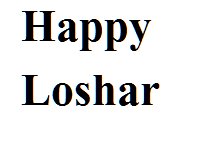
Losar is one of the festivals in Nepal celebrated by Buddhist people or Gurung, Magar, Rai, Limbu, Tamang, etc., and celebrated mainly by people of mountain regions. It is one of the biggest festivals for those who celebrate it, like Dashain to Hindu people. Losar is celebrated as a new year and mainly falls in the month of February.
The different types of losar are Gyalpo losar, Tola losar, Sonam losar. Among them, Gyalpo loshar is main among all which is produced by Manjushree. Gurung celebrates loshar in the 15th Poush, 15th Magh by Tamang, and 15th Falgun by sherpas. On the eve of loshar, the lama(priest) chants the holy book of Buddhists at every Buddhist home.
In Losar, many stupas and monasteries are decorated with prayer flags, and people perform their cultural ancestor welcome the New Year; the family member says happy new year, salutes Buddha, and burns scented sticks as part of rituals. In this way, the losar ends.
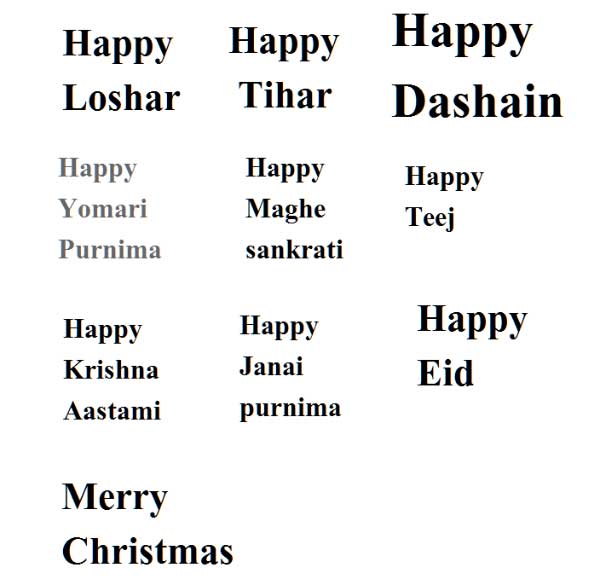
Christmas

Christmas is one of the festivals in Nepal celebrated by Christian people. It is celebrated as the birthday of the lord Jesus Christ. It is usually celebrated on December 25. It is one of the Western cultures but is celebrated in Nepal too. Family member exchanges gifts. On this day, people go to church and worship. They thank him for giving them a prosperous life. On this day, they organize different programs, share sorrow and happiness with each other, family get-togethers, and so on.
EID
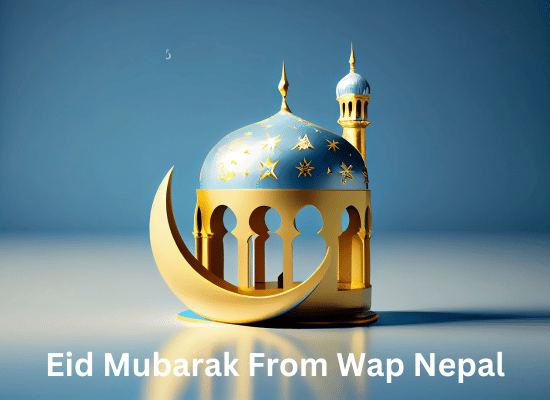
Eid is one of the festivals in Nepal celebrated by Muslim religious people. On this day, the people went to different Masjids to worship their god, Muhammad Prophet, also called Allah. EID is also called EID al-Fitr and Eid al-Adha. This is the tradition started or founded by the Muhammad prophet. It is observed on the first date of the month of Shawwal at the end of the month of Ramadan, during which Muslims undergo a period of fasting in which the whole family member fasts without drinking a single drop of water from sunrise till sunset. After the Sun sets, the family gets together, eating food and celebrating.
During this festival season, you can visit some interesting places in your hometown, Kathmandu, Pokhara, Chitwan, or any beautiful city in Nepal.
Janai Purnima
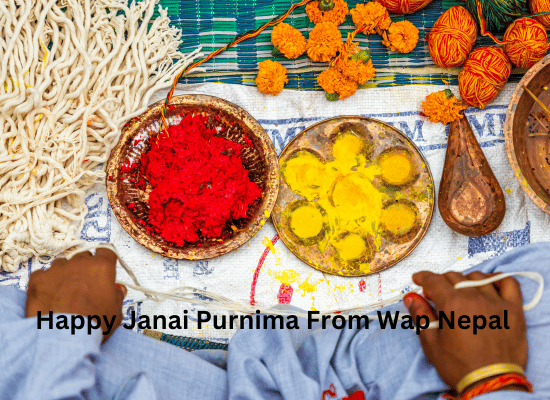
Janai Purnima is known as Rkshyabandan in Nepal. This festival is celebrated on the full moon day of Shrawan every year. It is mostly celebrated by Hindus and as well as Buddhists. On this day, people visit the nearby temples, and Brahman priests offer an ornamental thread. On this day, people go to the priest and take the blessing and wear “doro” a thread as a belief of being safe from different bad things happening. Also, sisters put rakhi to their brothers to protect them from evil.
On this day, Gosaikunda is the favorite place to visit, where people bathe in the sacred lake where it is believed that all the sins will be washed out. Significantly, Brahmins change their sacred threads while people of other castes put the Rahkshya on their hands through the priest.
Krishna Astami
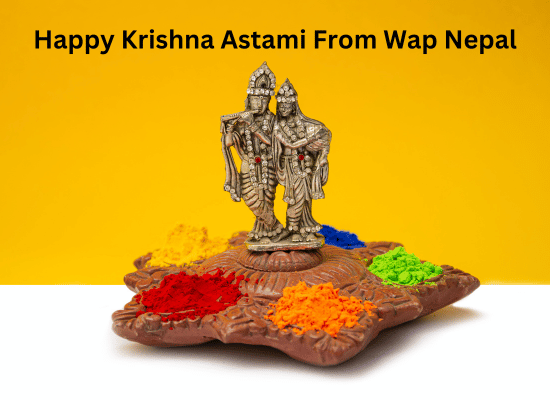
Krishna Ashtami is one of the festivals in Nepal, which is celebrated as the birthday of lord Krishna. It mainly falls in the Shrawan and Bhadra. In his day, people went to different Krishna Mandir to worship god Krishna; lord Krishna is known as the cleverest god who used to defeat his enemy with his clever mind.
Due to different reasons or beliefs, people celebrate Krishna Ashtami. On this day, people fast and make different varieties of food, which are believed to be lord Krishna’s favorite as a Prasad.
Teej
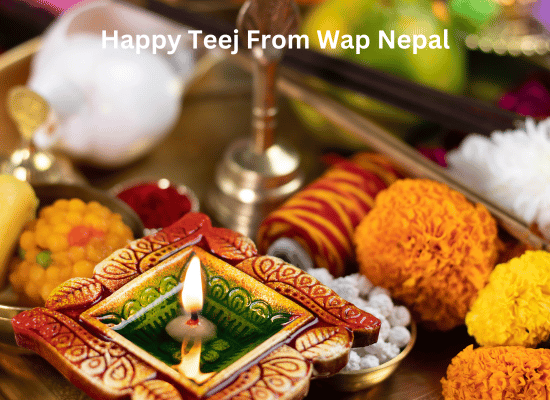
Teej is one the biggest festivals in Nepal, especially for Hindu women. It mainly falls in the month of Bhadra. In this day, women fast for longer ages and good wealth for their husbands and their children. Married women and with belief in getting a better husband than an unmarried girl. At this festival, the girls wear beautiful dresses, ornaments, makeup, and so on, and sing and dance the whole day.
They also paint their hand with Mehandi. On the first day, girls have a tradition of having dar before the day of fasting at midnight, and on the second day, they will have fasting. On the fasting day, they even don’t drink a drop of water. On the third day, they rest, and on the last day, there is a tradition of going to the river to take a bath. There is the belief that by doing these, all our bad deeds will be washed away. In this way, the Teej ends.
Maghe Sankranti
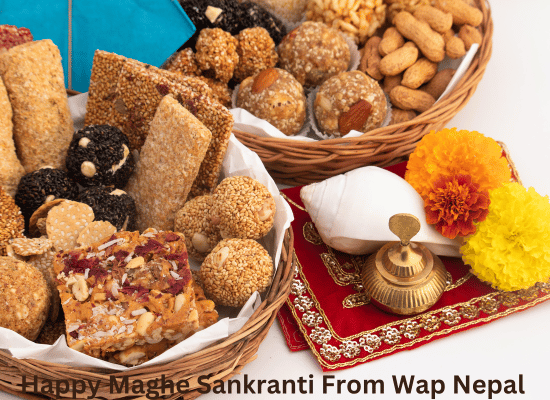
The first day of the Magh month is celebrated as Maghe Sankranti. It falls in the month of January, according to the English calendar. On this day, the Sun leaves its southernmost position and takes off for the northward journey.
On this festival, people take holy bathing and eat auspicious food like sweet potato, laddu, ghee, Chhaku, which is believed to provide the strength to overcome the cold season. According to the mythological story, on this day, King Bhisma, who has the power to control his own death, chooses to die. So, it is believed that dying on this day will achieve the Moksha. Tharu in Terai Region celebrates Maghi in a much more grand way. While in the Hilly area, People celebrate the festival for one day with some typical food items. The celebration in Terai can last for days and with many rituals.
These were some of the festivals Nepali celebrate with great enthusiasm. All these festivals have different significance and meanings. They are a great getaway from routine life, a great time to celebrate relationships and this beautiful life.
Yomari Purnima
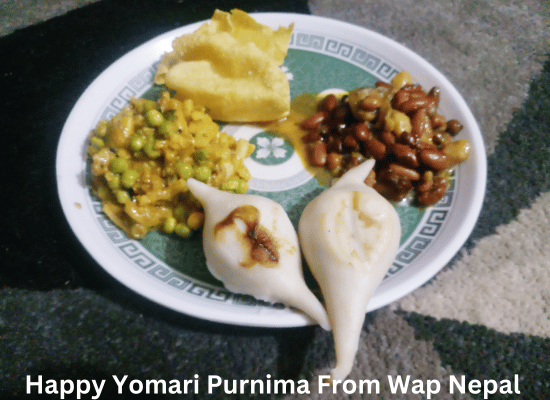
Yomari Purnima is one of the festivals in Nepal celebrated by the Newari community. Newari people celebrate many such kinds of festivals bhooj and so on.
This is one of the festivals in which they call their relative at home to make delicious food and feed them. They made a special kind of food called Yomari on that day which is made from the maida pitho, khuwa, and chakku. They celebrate the whole day by enjoying eating and so on.
As we know, Nepal is a multicultural and secular country, so there are many religions found around our community, celebrating their own festivals, following their own rituals, and so on.
Chath
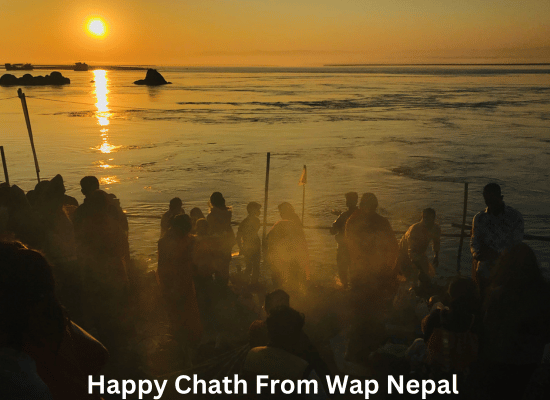
Chat is the main festival, especially in the Terai and Mithila regions of Nepal. The Tharus, Maithilis, and Madhesi ethnic groups celebrate it in all major parts of Nepal. In recent days, it has even been celebrated gradually by the people of the Hilly and Himalayan regions. On this festival, devotees dedicate themselves to the Sun, called Suya in Nepali. The Sun is considered the god of energy that promotes well-being, prosperity, and success in human life. Devotees perform holy bathing on this festival, fasting, and abstaining from drinking water.
Holi
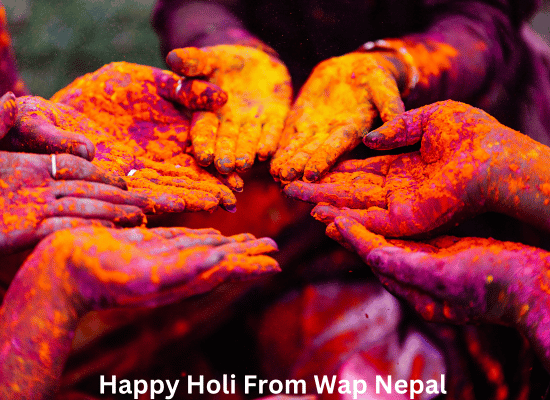
Nepalese celebrate Holi in the month of Falgun, which has great significance. People put colors on the ones they love and splash water on them. This is just a gesture of welcoming the summer. People get together and put color and water on each other.
These days, people often take advantage of this festival and trouble pedestrians while this is illegal in Nepal. You can only play with someone with their consent. We often hear cases where people hurt others because of this silly mischief. The local authority has been more strict on this issue. Thus, people now play in a more civilized manner.
Buddha Jayanti
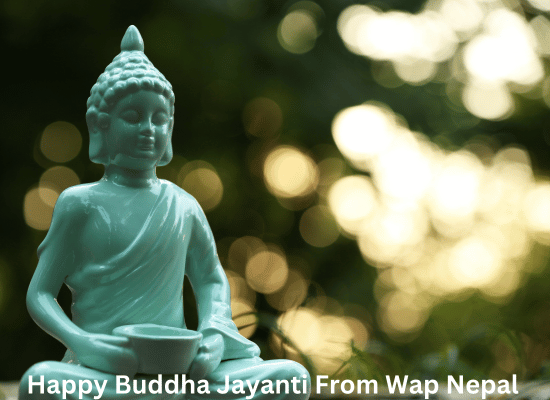
Buddha Jayanti, the day when Lord Gautam Buddha was born, is one of the important festivals, especially for Nepalese Buddhists. This day is celebrated in remembrance of Gautam Buddha. It falls on the full moon night of either May or June. The government of Nepal has given a public holiday on this day. People visit the nearby Buddhist temple to worship the Lord Buddha. Different ritual puja is organized as per Buddhist norms and rituals with chanting mantras.
Mahashivaratri
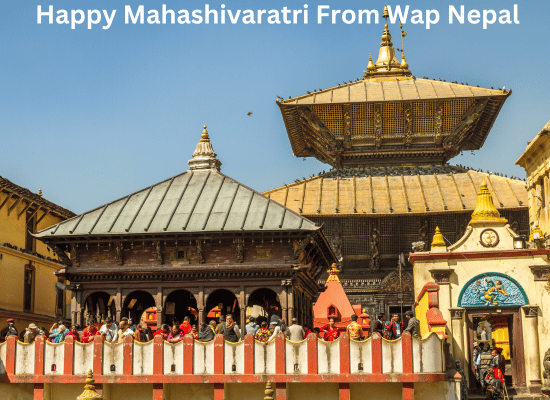
It is another important Hindu festival in Nepal where the Hindus worship Lord Shiva. It falls between February and March month of the English calendar. On this, many Hindu devotees visit the Pashupatinath temple to worship Lord Shiva. Even people from India and Bangladesh will come to visit this temple on this day. On this day, it is believed that worshipping Lord Shiva will help them to be prosperous in life. It is one of the greatest Hindu festivals. There will be a public holiday. This festival is celebrated by taking Bhang, Dhaturo, Lord Shiva’s favorite.
Sripanchami
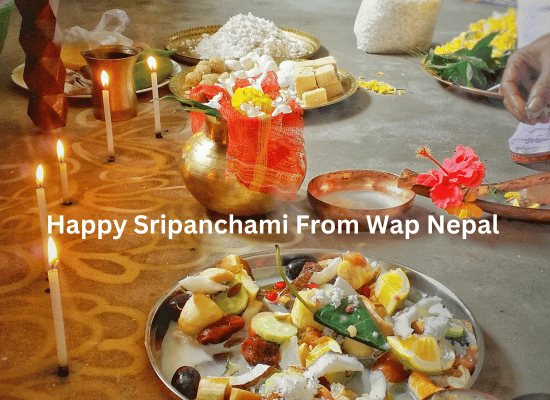
Another important festival in Nepal is Sripanchami, also called Saraswati Puja. Saraswati is regarded as the goddess of education. So, on this day, it is believed that whoever starts their education is supposed to gain a good educational background. Many schools open free admission on this day. This festival is celebrated by offering a special puja to Goddess Saraswati. In addition, schools or colleges organize different programs where students can show their talent. This festival falls in the month of Magh or Falgun.
Nag Panchami
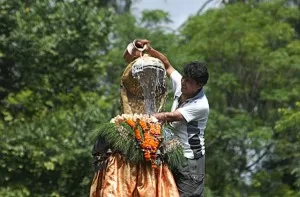
It’s amazing to know about Snake Day of Hindu, and the whole nation is celebrating Nag Panchami. This festival is observed on the fifth day of the bright half of Hindu lunar calendar. The festival usually falls on the month of Shrawan. On occasion, pictures of snakes containing mantras are pasted above the house’s entrance with the belief that doing so will keep snakes away from home.
People offer maize, milk, a paste of rice, and yogurt and believe that the King of Nag will protect them against snakes. People visit the nearby temple of Nag in the early morning and worship.
People visit Nag Pokhari, Taudaha of Kathmandu, Nagdaha of Lalitpur, and Siddhapokhari of Bhaktapur.
There are many myths about this festival. They believe digging on earth this day kills harmful snakes.
Tell us in the comment section, Which is your favorite festival?
